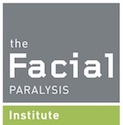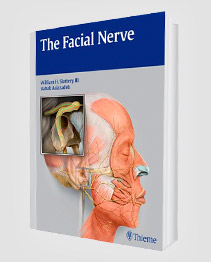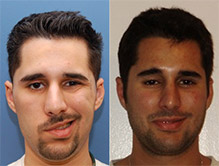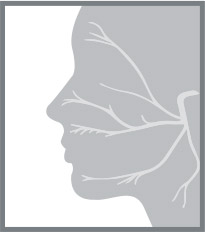If you’ve ever dealt with a crooked or tight smile after Bell’s palsy or facial nerve injury, Selective Neurolysis Surgery might sound like a mouthful. But basically, it’s a targeted fix where the surgeon finds and eases the nerve fibers that aren’t playing nice. You’ll meet your doctor first, get a quick nerve map, and then, boom—you’re in and out of an outpatient center, often spotting changes in your smile as soon as the next day.
Foundations Of Selective Neurolysis Surgery
Selective neurolysis is a pretty cool procedure, and it’s worth understanding what it’s all about before you consider it. Basically, it’s a surgical method to help people who have issues with their facial nerves, often after something like Bell’s palsy or some other kind of paralysis. The goal? To get your face moving more naturally again.
Principles Of Targeted Nerve Modulation
How does it actually work? It’s all about targeting the right nerves. Instead of just cutting or fixing everything, the surgeon figures out which specific nerve branches are causing the problem. Think of it like fine-tuning an instrument – you’re not replacing the whole thing, just adjusting the parts that are off. The idea is to weaken or quiet down the nerves that are causing unwanted movements or preventing normal ones. It’s not a one-size-fits-all thing; it’s tailored to your specific facial situation.
Addressing Facial Synkinesis At The Source
Synkinesis is a big word, but it just means that when you try to move one part of your face, another part moves too, unintentionally. It’s like your facial muscles are wired wrong. Selective neurolysis aims to fix this at the source – the facial nerve itself. By carefully working on those specific nerve branches, the surgery tries to untangle those misfirings. It’s about getting your facial muscles to do what you want, and only what you want.
It’s important to remember that everyone’s face is different, and the way synkinesis shows up can vary a lot. That’s why a good evaluation before surgery is super important.
Innovation In Modified Neurectomy Techniques
Modified neurectomy techniques involve precise, targeted cutting of facial nerves using advanced equipment. This precision ensures the best possible outcome with minimal disruption, avoiding worsening conditions and achieving the best possible outcome with minimal disruption.
Here’s a quick rundown of how the techniques have changed:
- Earlier methods: Less precise, higher risk of side effects.
- Modern techniques: Use of EMG, better mapping, more targeted.
- Future directions: Even more precise tools, potentially less invasive approaches.
Patient Candidacy And Preoperative Evaluation
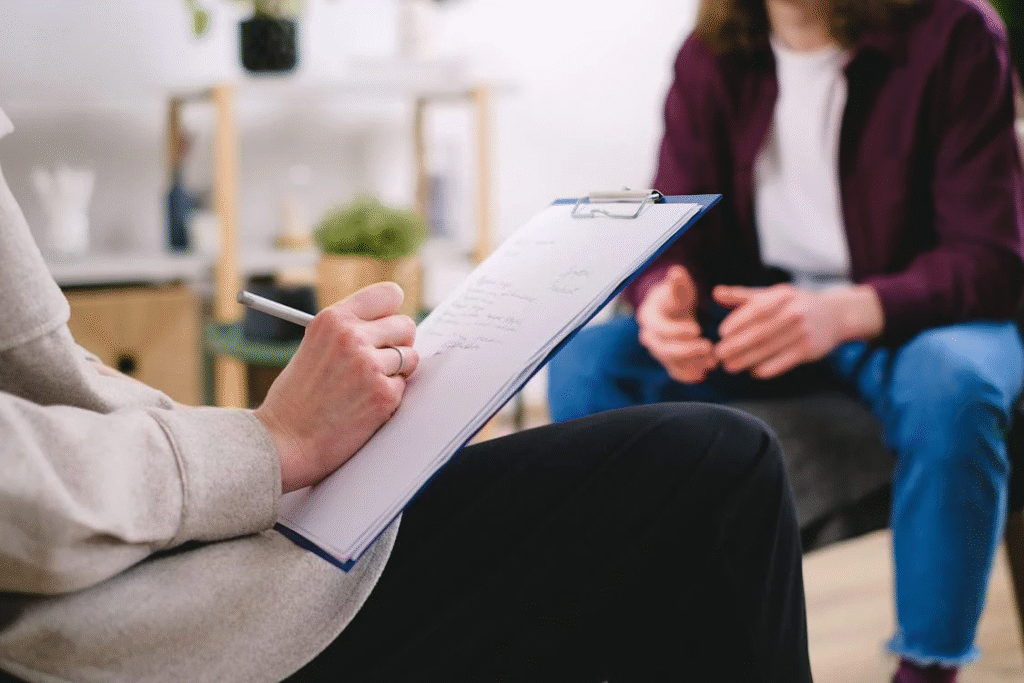
Before undergoing selective neurolysis surgery, it’s crucial to assess your suitability for the procedure. A thorough evaluation is essential to set realistic expectations and ensure this is the right path for you, as it’s not a one-size-fits-all approach.
Tailoring Consultations To Individual Needs
The initial consultation is a fact-finding mission, involving a thorough exploration of the individual’s medical history, symptoms, and goals. It’s a chance to ask questions, ensure full understanding, and discuss travel support options if needed, ensuring comfort and comfort in the process.
Who Is a Good Candidate?
Patients who benefit most from selective neurolysis typically have:
- Synkinesis after Bell’s palsy or facial nerve injury
- Partial facial recovery with noticeable tightness, pulling, or involuntary movements
- Good facial muscle tone but limited control or coordination
- Desire to improve smile symmetry and reduce abnormal movement patterns
These individuals usually have tried Botox, facial therapy, or other non-surgical treatments without achieving long-term results.
Who May Not Qualify?
Selective neurolysis may not be ideal if you:
- Have complete facial paralysis with no nerve activity
- Haven’t regained any voluntary movement after 12 months
- Are not committed to postoperative rehabilitation
In such cases, alternative procedures like gracilis muscle transfer or cross-facial nerve grafting may be better options.
Other Key Factors
- Age: Most candidates are adults, though younger patients may qualify in specific cases
- Timing: Must be 6–12 months post-injury to ensure stable recovery
- Stable function: Facial movement should not be rapidly improving or declining
- Therapy-ready: Success depends on committing to post-op facial retraining
What’s Involved in the Preoperative Evaluation?
Before surgery, a detailed facial evaluation is essential to confirm you’re a candidate. The process typically includes:
1. Comprehensive Facial Nerve Exam
- Video analysis of facial expressions
- Electromyography (EMG) to detect active and overactive nerve signals
2. Imaging (Optional)
- 3D scans or high-resolution imaging may assist in nerve mapping
3. Medical & Treatment History Review
- Cause and timeline of facial paralysis
- Prior use of Botox, nerve grafts, or physical therapy
- Functional challenges in speech, eating, or social situations
4. Multidisciplinary Assessment
- May involve collaboration with a neurologist, physical therapist, or psychologist
5. Pre-Surgical Planning
- Personalized nerve branch mapping
- Botox testing (to simulate expected outcomes)
- High-quality photos and videos to document baseline function
Evolution Of Facial Harmony After Selective Neurolysis Surgery

Following selective neurolysis surgery, patients often experience a gradual yet transformative improvement in facial balance and expression. Within weeks, tightness and involuntary movements begin to ease, and over time, natural smile symmetry and emotional expressiveness are restored. As facial retraining therapy reinforces new nerve patterns, patients typically see continued refinement in motion, coordination, and confidence—leading to a more harmonious, relaxed appearance.
What to Expect After Surgery
- Outpatient procedure or short overnight stay
- Bruising and swelling for 1–2 weeks
- Resume most daily activities in 2–3 weeks
- Begin facial retraining therapy soon after to optimize results
Immediate Postoperative Symmetry
Right after selective neurolysis, you’ll likely notice some changes. It’s not an instant, perfect fix, but many people see improvements in facial symmetry pretty quickly. There might be some swelling or bruising, but that’s normal. The initial goal is to reduce the most obvious imbalances caused by synkinesis or paralysis. It’s a gradual process, and the immediate results are just the first step.
Progressive Smile Refinement
Over the next few months, your smile will continue to evolve. The goal is a more natural, relaxed expression. This isn’t a static thing; it requires patience and often, some work on your part with neuromuscular retraining. You might notice:
- Increased spontaneity in your smile.
- Better coordination between different facial muscles.
- A reduction in unwanted movements or twitches.
It’s important to remember that everyone’s journey is different. Some people see significant changes within weeks, while others need more time. Regular follow-up appointments and adherence to your rehabilitation plan are key to maximizing your results.
Longitudinal Neuromuscular Integration
Long-term, the aim is for your facial muscles to work together in a more harmonious way. This means not just improving your smile, but also enhancing your overall facial expressions and communication. This phase focuses on:
- Maintaining the gains achieved through surgery and rehabilitation.
- Preventing the recurrence of synkinesis.
- Adapting your neuromuscular retraining exercises as needed.
It’s a marathon, not a sprint. Consistent effort and a good relationship with your surgical team will help you achieve the best possible outcome.
Sustaining Gains Through Neuromuscular Rehabilitation
Your surgery was selective neurolysis. But the road continues. Think of surgery as the set and neuromuscular rehabilitation as the show. Keeping those precisely regulated nerves and muscles in sync is key. Like learning a new instrument, you need practice to master it.
Customized Retraining Protocols
No two faces are exactly alike, right? That’s why your retraining program needs to be just as unique. It’s not a one-size-fits-all kind of deal. Your therapist will look at your specific needs and create a plan that works for you. This might involve:
- Targeted exercises to strengthen specific muscles.
- Mirror biofeedback to help you see and correct movements.
- Sensory retraining to improve awareness.
Role Of Neuromuscular Therapeutics
Neuromuscular therapy is a big part of keeping things on track. It’s not just about doing exercises at home (though that’s important, too!). It’s about getting hands-on treatment from a skilled therapist. They can use different techniques to:
- Release muscle tension.
- Improve blood flow.
- Re-educate your muscles.
A Personalized Path to Facial Freedom
Selective neurolysis surgery offers a powerful, highly personalized solution for those struggling with facial synkinesis and asymmetry after paralysis. With minimal downtime, customized treatment planning, and visible results often within days, it’s a modern approach to restoring facial harmony and emotional expression. From pre-op mapping to long-term rehabilitation, every step is designed to bring you closer to a confident, natural smile—one that truly reflects how you feel inside.
Request your consultation with Dr. Azizzadeh today
Call us at (310) 657-2203 to schedule an appointment.
Schedule a Consultation